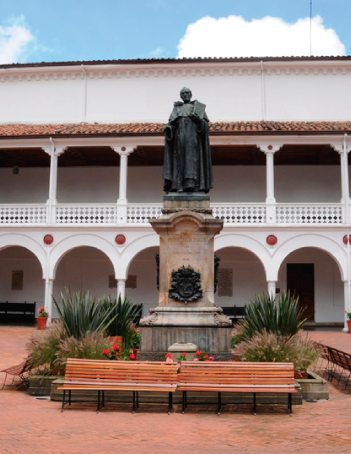Incluye referencias bibliográficas e índices
Perceptions of tropical forests and natural regeneration -- Ancient human legacies in tropical forest landscapes -- Landscape transformation and tropical forest regeneration through prehistory -- Tropical forest dynamics and disturbance regimes -- Successional pathways and forest transformations -- Tropical forest succession on newly created substrates -- Forest regeneration following agricultural land uses -- Forest regeneration following hurricanes and fires -- Forest regeneration following selective logging and land-use synergisms -- Functional traits and community assembly during secondary succession -- Recovery of ecosystem functions during forest regeneration -- Animal diversity and plant-animal interactions in regenerating forests -- Tropical reforestation pathways -- Regenerating forests in tropical landscapes -- Synthesis: The promise of tropical forest regeneration in an age of deforestation.
"For decades, conservation and research initiatives in tropical forests have focused almost exclusively on old-growth forests because scientists believed that these 'pristine' ecosystems housed superior levels of biodiversity. With Second Growth, Robin L. Chazdon reveals those assumptions to be largely false, bringing to the fore the previously overlooked counterpart to old-growth forest: second growth. Even as human activities result in extensive fragmentation and deforestation, tropical forests demonstrate a great capacity for natural and human-aided regeneration. Although these damaged landscapes can take centuries to regain the characteristics of old growth, Chazdon shows here that regenerating--or second-growth--forests are vital, dynamic reservoirs of biodiversity and environmental services. What is more, they always have been. With chapters on the roles these forests play in carbon and nutrient cycling, sustaining biodiversity, providing timber and non-timber products, and integrated agriculture, Second Growth not only offers a thorough and wide-ranging overview of successional and restoration pathways, but also underscores the need to conserve, and further study, regenerating tropical forests in an attempt to inspire a new age of local and global stewardship."--Publisher's Web site.

Escuela de administración
Facultad de Jurisprudencia
Facultad de Ciencias
Escuela de Ciencias
Escuela de Medicina
Facultad de Economía
Facultad de Estudios
Facultad de Creación
Escuela de Ingeniería,
Otras Ofertas
 Historia y símbolos
Historia y símbolos
 Enfoque estratégico
Enfoque estratégico
 Gobierno universitario
Gobierno universitario
 Playbok - Nuestros pilares de transformación
Playbok - Nuestros pilares de transformación
 Protocolo de seguridad
Protocolo de seguridad
 Archivo histórico
Archivo histórico
 Portafolio de becas, descuentos y apoyo financiero
Portafolio de becas, descuentos y apoyo financiero
 Casa UR
Casa UR






 Proyección social
Proyección social Filantropía
Filantropía Hagámoslo posible
Hagámoslo posible

 Libro
Libro







